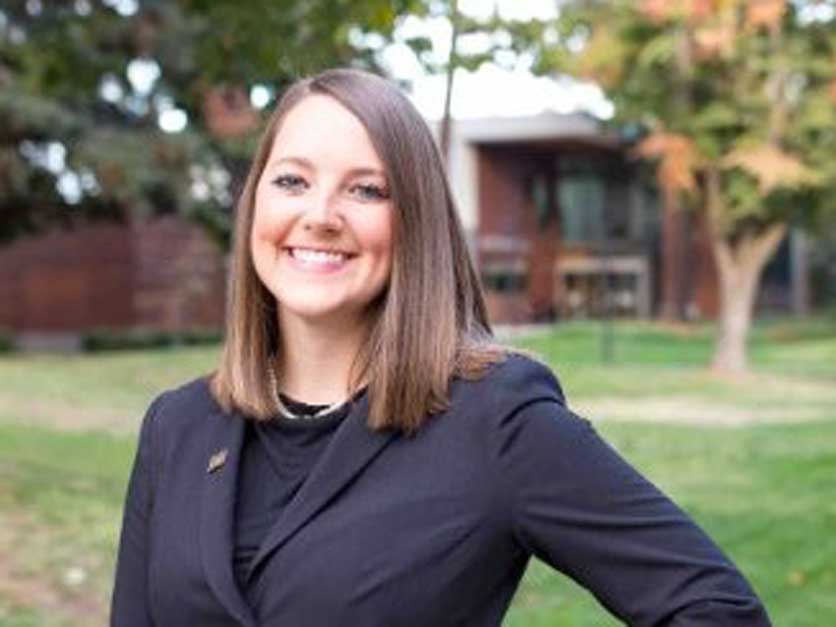The Legislature has sent a budget plan to Gov. Gavin Newsom that preserves a portion of the state’s funding for climate-smart agriculture programs. Farm groups cheered the proposals but will be watching closely as the negotiations between the two branches continue.
During floor debates last week, Senate Budget Chair Nancy Skinner stressed that the $312 billion budget deal between the Assembly and Senate is similar to Newsom’s proposal in May. Skinner and Assembly Budget Chair Phil Ting asserted they are close to a final deal with Newsom. The agriculture spending the Legislature approved had broad support.
The plan would provide $100 million in cap-and-trade revenues to FARMER, an Air Resources Board program for upgrading agricultural equipment to lower emission models. At the California Energy Commission, $40 million would support the Food Production Investment Program (FPIP), which incentivizes processors to adopt more energy-efficient technologies.
With the suite of climate programs housed at CDFA, the lawmakers agreed to $35 million from the same Greenhouse Gas Reduction Fund to provide incentives for feed additives to reduce enteric fermentation in livestock once FDA approves the products. They also hope to restore more than $30 million in spending for urban agriculture, new and beginning farmers, local food hubs and refrigerators to supply produce in food deserts. But they would cut $60 million from the Farm to School grant program spearheaded by First Partner Jennifer Siebel Newsom.
Lobbying on behalf of the Agricultural Energy Consumers Association, Maddie Munson applauded Senator Josh Becker of San Mateo for championing FPIP and FARMER funding. Echoing the sentiment was Louie Brown, an attorney representing the California Cotton Ginners and Growers Association, the Western Agricultural Processors Association and California Dairies Inc. Brown also commended spending on flood projects in the Central Valley, with $119 million for the Department of Water Resources in the coming budget cycle and another $35 million in 2024. The plan would also appropriate $290 million for statewide flood response and support.
 Maddie Munson, Agricultural Energy Consumers Association
Maddie Munson, Agricultural Energy Consumers Association Brown raised skepticism, however, over a $25 million provision to support underserved and small producers in recovering from the drought and flooding. While he supported the funding, he told the Senate Budget Committee last week he hopes it does not delay the existing $75 million allocated last year as drought relief for small agricultural businesses, which the state has yet to dole out. The Community Alliance with Family Farmers, which often stands at odds with larger farm groups, has been pushing for the $25 million allocation.
The Leadership Counsel for Justice and Accountability, an environmental group that has heavily fought against emission credits and incentives for methane reduction at dairies, opposed the $35 million for enteric solutions.
The Legislative Analyst’s Office has pointed out that the budget plan would reduce the governor’s proposed spending on conservation projects related to voluntary agreements over flows into the Sacramento–San Joaquin Delta. The Legislature would allocate about $1 million to negotiate, complete and implement the agreements.
Don’t miss a beat! It’s easy to sign up for a FREE month of Agri-Pulse news! For the latest on what’s happening in Washington, D.C. and around the country in agriculture, just click here.
In several hearings last week, Democrats focused on restoring the governor’s proposed funding cuts for public transit, homelessness and subsidized child care programs.
Yet Republicans blasted the budget agreement as a closed-door deal that would not cut spending enough to avoid a potential shortfall if the state falls into a recession.
“How is this an example of fiscal responsibility?” questioned Assemblymember Vince Fong of Bakersfield. “As revenues decrease, government spending continues to grow. Only in California can a state take in less revenue, yet spend billions more on government programs.”
Fong asserted the plan finances misplaced priorities while ignoring major infrastructure needs and charged that water storage and modernized conveyance are a critical part of flood protection.
“Now we are seeing the consequences of the lack of investment,” he said. “Drought-stricken communities are now dealing with flooding. Water storage projects that could have stored water to be used for drought—as well as provide the means to store floodwater—continue to be trapped in red tape. And it remains mind boggling that there is still not one additional dollar for water storage in this framework.”
Similarly, Senator Brian Dahle, also a Republican, pressed the need for constructing the proposed Sites Reservoir and pushed for more incentives in the budget to encourage businesses to stay in California.
Sen. John Laird, a Democrat hailing from Santa Cruz, countered that the plan’s investment in education is “one of the best things” the state can do for businesses, along with previous infrastructure spending on roads.
Lawmakers passed the budget plan last Thursday. The governor has until the end of June to sign a final agreement, though lawmakers will continue to debate budget trailer bills throughout the legislative session.
For more news, visit Agri-Pulse.com.


